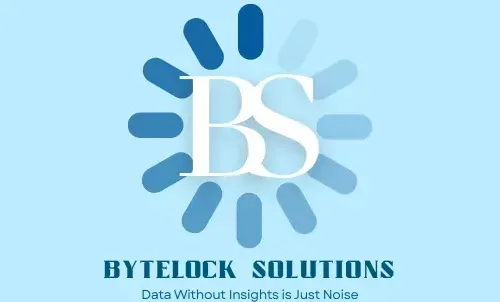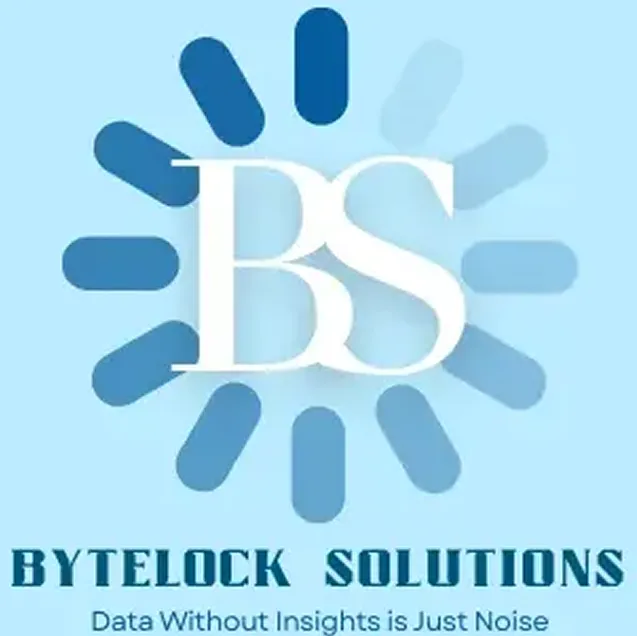
The ROI of Operational Efficiency: Doing More With Less
Operational efficiency has become a cornerstone of sustainable business growth. While many leaders view efficiency simply as cost-cutting, the reality is far more powerful—streamlined processes not only save resources but also unlock new opportunities for innovation and revenue. By doing more with less, organizations can boost productivity, improve customer experiences, and maximize profitability without compromising quality.
Why Efficiency Is More Than Just Savings
It’s tempting to see operational efficiency only in terms of reduced costs—but its real value runs deeper:
Faster time to value. When workflows are optimized, projects launch sooner, responses happen faster, and teams spend less time fighting redundancy or outdated tools.
Higher quality & fewer errors. Good processes reduce mistakes, lower error-rates, and reduce rework—saving time, money, and preserving trust.
Better employee morale. When people aren’t stuck doing dull, repetitive work or patching broken systems, there’s less frustration and more room to focus on meaningful, high-impact tasks.
Scalability. Efficient operations scale more predictably. Growth doesn’t always mean linearly rising costs. With smart tools and good process design, you can expand without exploding your overhead.
Competitive differentiation. Speed of delivery, consistency, reliability—these are what customers often notice. Being able to deliver faster, more reliably, with fewer mistakes sets you apart.
Quantifying the Return: Hard Numbers & Key Metrics
To make the case for investing in operational efficiency, you need to lean on measurable outcomes. Here are data points, metrics, and case examples to show the ROI in action.
Key Metrics to Track
Cost savings (labor, materials, overhead) per period
Cycle time / lead time (how long it takes to finish tasks, deliver features, handle support)
Error rate, defect rate, rework costs
Throughput (volume of output per unit time)
Resource utilization (how much of your capacity—people, machines—is actually productive)
Customer satisfaction (faster delivery or fewer issues often show up there)
Employee engagement / retention (less burnout, higher satisfaction when processes are smoother)
Real-World Stats & Case Examples
A large global retail chain reduced its operational costs by 25% by eliminating process redundancies, automating where possible, and improving employee engagement.
In the banking sector, institutions improving the cost-to-income ratio by just a few percentage points see strong gains in profitability and return on equity.
Companies that have embraced operational excellence practices report improvements not only in margin but also in customer satisfaction, employee retention, and ability to react to market changes. McKinsey research shows that organizations with high operational discipline see double-digit improvements in productivity and performance.
How Operational Efficiency Drives ROI
Knowing why efficiency matters and how it shows up in numbers is good—what really matters is how you drive efficiency in ways that deliver measurable returns. Here are levers for doing that well.
Eliminate Bottlenecks
Map your workflows end to end. Identify where delays or handoffs happen. Those are often where value is lost. Redesign to reduce steps, remove unnecessary approvals, or automate.Automate Repetitive Work
Automation might feel expensive up front, but it pays off fast when tasks are repetitive and high volume (data cleaning, invoice processing, standard reports). Tools that allow automation + monitoring reduce manual error and free up people to do strategic work.Standardize Processes & Metrics
When teams use different definitions, varying tools, or inconsistent practices, you get misalignment. Standardization—of data formats, slack time, workflows—ensures smoother handovers, better visibility, and less confusion or duplication.Use Technology & Data to Inform Efficiency
Real-time dashboards, alerts when abnormalities occur, predictive analytics to anticipate demand or load—these help leaders see where inefficiencies are growing and intervene before the cost balloons.Continuous Improvement & Feedback Loops
Efficiency isn’t a one-off project. Processes drift, as people find “workarounds”, as external conditions change. Having mechanisms (regular reviews, feedback from frontline, small experiments) to continuously improve keeps operations sharp.Invest in Training & Culture
Even the best tools or the smartest process maps won’t matter if people aren’t bought in, don’t understand the why, or don’t have incentives to follow them. Culture of ownership, accountability, and clarity around what is expected helps get and keep efficiency.
Putting It All Together: A Case Story
Here’s a composite (but realistic) scenario to illustrate how companies get tangible return from operational efficiency.
Scenario: A mid-sized SaaS company notices customer onboarding is taking too long. There are many manual steps: data entry, verification, follow-ups, occasional errors. Customer feedback shows frustration, churn risk, and delayed revenue recognition.
Interventions:
They map the onboarding workflow, identify redundant manual steps.
Automate data verification and standardize templates.
Introduce dashboards to monitor onboarding time and error rates.
Train customer support / onboarding teams in new tools and set clear SLAs.
Results after 3-6 months:
Onboarding time reduced by ~40%
Customer satisfaction improved significantly
Reduced error-related rework saves both time and money
Faster recognition of revenue (shorter delay from sales to live customer)
Employees less stressed; time freed to focus on improving product or user experience
This kind of turnaround doesn’t just save costs—it improves competitiveness, reputation, and positions the company for growth without proportional increase in support or operations headcount.
Pitfalls to Avoid
While pursuing operational efficiency, businesses sometimes fall into traps. Here are things to watch out for:
Focusing only on cost-cutting while neglecting quality or customer experience. Efficiency without care can lead to long term damage.
Over-automating too early or blindly: tools/processes that don’t fit your team’s context lead to resistance or even worse inefficiency.
Ignoring hidden or “soft” costs: employee turnover, customer dissatisfaction, reputational damage, technical debt. Those often creep in when efficiency is pushed hard without sustainable practices.
Lack of measurement: if you don’t rigorously track before vs after, you can’t prove ROI, iterate, or build credibility.
How to Calculate ROI for Your Efficiency Initiatives
To make a strong internal case, you’ll need to present numbers. Here’s a rough framework you can follow:
Establish baseline metrics (costs, time, error rates, throughput) before you make changes.
Estimate what changes will deliver: e.g. “automating invoice processing will reduce human labor by X hours/week”, “eliminating redundant approval steps will reduce cycle time from N days to M days”.
Calculate savings: labor cost saved, error cost avoided, maybe capacity freed up for other work.
Compare to the cost of implementing the change (tools, training, disruption).
Compute ROI: (Total Gains − Cost of Implementation) / Cost of Implementation. Also look at payback period (how long until gains surpass costs).
Include qualitative benefits: customer satisfaction improvements, employee morale, agility / ability to respond to market.
Technology & Tools That Help Amplify ROI
Some kinds of tools & approaches tend to provide strong leverage:
Workflow automation platforms
Integrated systems (so data doesn’t get stuck in silos)
Data dashboards & visualization tools for monitoring key efficiency metrics
AI- or ML-based anomaly detection, forecasting, or predictive maintenance (where relevant)
Process mapping & Lean / Six Sigma frameworks
Operational efficiency isn’t just about reducing cost line items. It’s an investment in speed, reliability, trust, and agility. When done right, improving your operations:
Boosts margins
Enhances customer loyalty
Improves employee satisfaction
Gives you more bandwidth to invest in growth or innovation
If your business is dealing with messy data, redundant workflows, or delays, Bytelock Solutions can help—not just by diagnosing issues, but designing, implementing, and measuring improvements that deliver measurable ROI. Because doing more with less isn’t a limit; it can be your competitive advantage.




